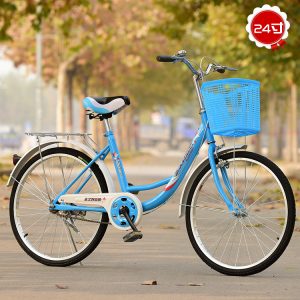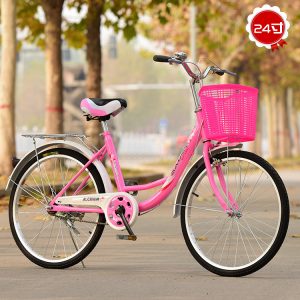In the last article, the bicycle manufacturer introduced you how to check the wheels, spokes, and brakes. It is also recommended that you develop the habit of checking. It is very necessary to do some small checks before riding. Next, continue to introduce the remaining inspection methods and where to inspect.
1. Check the brake cable or oil pipe
Check the condition of the brake cable, especially the end of the brake cable, that is, fix one end on the outside. If the line is worn out, such as the explosion of a popcorn, it is best to replace it in time. Since the brake performance is guaranteed, the brakes will not be tied. For oil brakes, check the condition of the oil pipe in time and pinch the brake. If the brake stroke is suddenly too large, pay attention to whether there is an oil leak.
2. Check the headset
Squeeze the front brake and push the bicycle forward and backward to see if some headsets are loose. Normal headsets are very tight and there will be no excessive openness.
3. Check the group
The so-called handlebar group is mainly to check the tightness of the front handlebar. This is still relatively important. If there is looseness during riding, it will easily get out of control and cause danger. First, stand with your feet in front of the front of the bicycle, clamp the head wheel of the bicycle with your inner thighs, and turn it left and right with your hands to see if the front of the bicycle will rotate.
4. Check the seat
Park the bicycle and firmly hold the bicycle seat to see if there is any looseness. If there is any looseness, fix the seat in time. This is also more important. If there is looseness, it will also appear. Riding is dangerous.
















